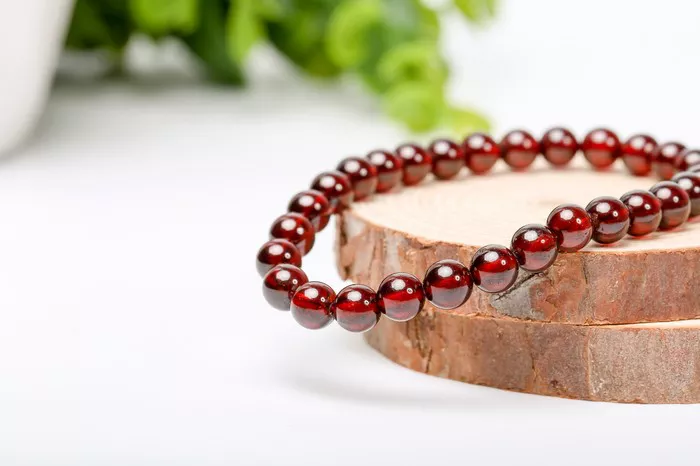Star rubies are a captivating variety of the mineral corundum, renowned for their unique asterism—a phenomenon where a star-shaped pattern of light appears on the surface of the gemstone. Due to their rarity and beauty, star rubies are highly sought after by collectors and jewelry enthusiasts. However, with the market flooded with synthetic and imitation gemstones, it’s essential to know how to distinguish a real star ruby from a fake. In this article, we’ll explore the key characteristics of star rubies and provide tips on how to tell if a star ruby is real.
Introduction to Star Rubies
Star rubies get their name from the distinctive star-shaped pattern, known as asterism, that appears on the surface of the gemstone. This effect is caused by the presence of microscopic needle-like inclusions within the ruby, which align in a way that reflects light in a star pattern when viewed under a single light source. The most desirable star rubies exhibit a sharp, well-defined star with six rays, although variations with four or even twelve rays are also possible.
The asterism in star rubies is a result of the gemstone’s crystal structure and is typically only found in natural rubies. Synthetic and imitation star rubies may attempt to replicate this effect using techniques such as diffraction grating or laser etching, but these can often be distinguished from natural star rubies through careful examination.
How to Tell if a Star Ruby Is Real
There are several key characteristics to look for when determining if a star ruby is real. These include:
Asterism: The most distinctive feature of a star ruby is its asterism, or star effect. When viewed under a single light source, such as a flashlight or direct sunlight, a real star ruby will display a sharp, well-defined star pattern with six rays. The star should move across the surface of the ruby as the light source is moved, and the rays should be evenly spaced and symmetrical.
Transparency and Clarity: Real star rubies are typically transparent to translucent, allowing light to pass through the gemstone. While some inclusions are acceptable and may even enhance the star effect, heavily included or opaque stones are less desirable. Hold the ruby up to a light source to check its transparency and look for any visible inclusions that could indicate a synthetic or imitation stone.
Color: The color of a star ruby can vary from deep red to pinkish-red, with the most prized stones exhibiting a rich, intense hue. The color should be evenly distributed across the gemstone, with no patches of lighter or darker color. Be wary of stones that appear too perfect in color, as this could be a sign of a synthetic or treated gemstone.
Surface Texture: Examine the surface of the ruby for any signs of treatment or enhancement. Natural star rubies may have slight surface imperfections, while synthetic or treated stones may appear too perfect or uniform. Look for any signs of laser etching or diffraction grating, which are common techniques used to create fake star effects in synthetic gemstones.
Weight and Density: Real star rubies are relatively dense gemstones, with a specific gravity ranging from 3.95 to 4.03. You can test the density of a star ruby by weighing it in air and then weighing it in water. A real ruby will weigh more in air than it does in water, while synthetic or imitation stones may have a density closer to that of water.
UV Fluorescence: Some natural rubies exhibit fluorescence under ultraviolet (UV) light, appearing to glow in various colors. While not all rubies fluoresce, this can be a useful test to distinguish between natural and synthetic stones. However, it’s important to note that not all natural rubies fluoresce, so the absence of fluorescence does not necessarily indicate a fake.
Conclusion
In conclusion, identifying a real star ruby requires careful examination and an understanding of the key characteristics that distinguish natural gemstones from synthetic or imitation ones. By looking for the presence of asterism, checking the transparency and clarity, examining the color and surface texture, and testing the weight and density, you can determine if a star ruby is real. If you’re still unsure, it’s best to consult with a reputable gemologist or jeweler who can provide expert advice and guidance. With the right knowledge and tools, you can confidently identify a real star ruby and appreciate its beauty and rarity for years to come.


